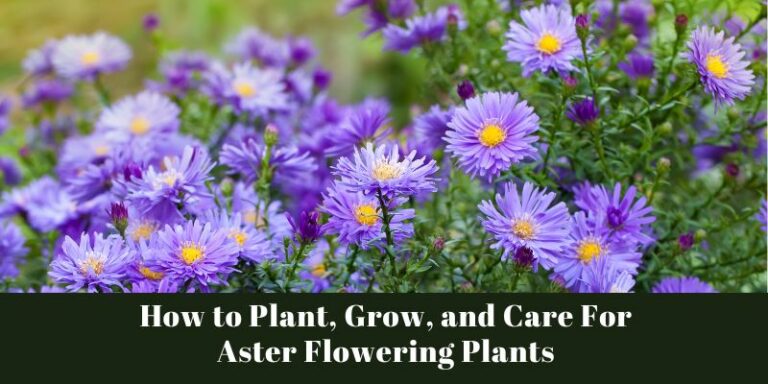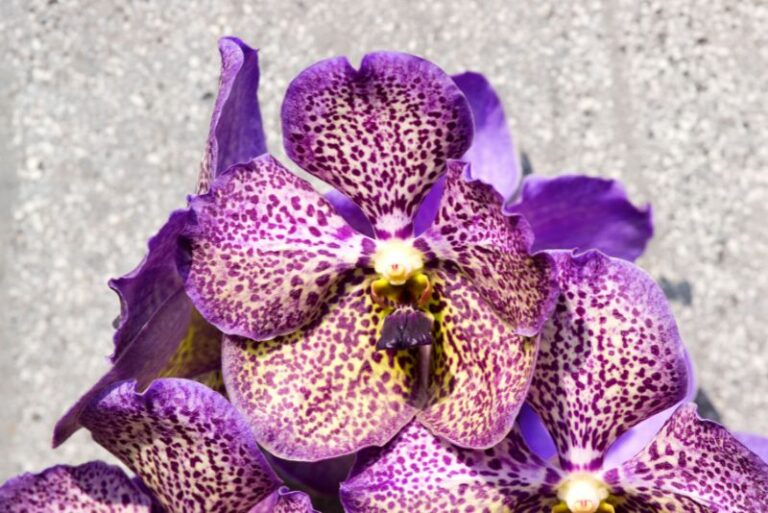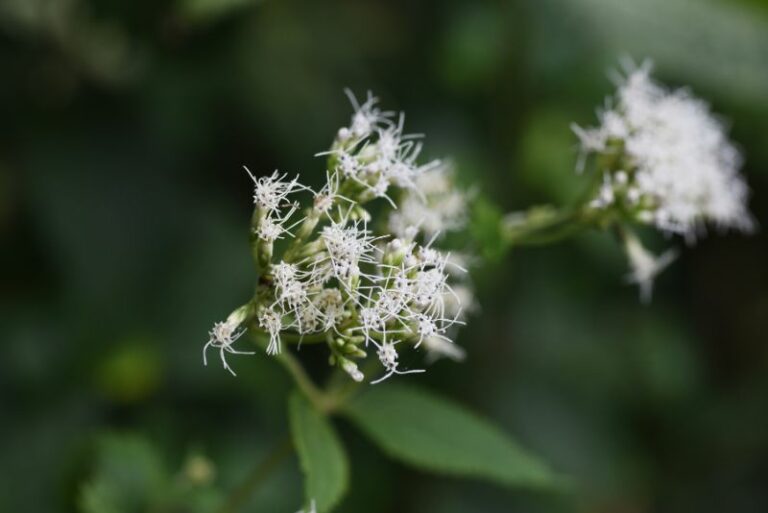Will My Zinnias Reseed Themselves Every Year?
Zinnias, those vibrant stars of the garden, bring an explosion of color to any landscape. Yet, their appeal goes beyond just their annual performance. Many gardeners have experienced the joy of seeing zinnias pop up again the following year, seemingly of their own accord. But just how reliable are these beautiful flowers at reseeding? And what can gardeners do to encourage or manage this natural phenomenon? From understanding the factors at play to best practices for your gardening efforts, this post dives into the fascinating world of zinnia reseeding. If you’re looking for insights into keeping your zinnias coming back, season after season, you’re in the right place.
Understanding Zinnia Reseeding

Zinnias are a hardy bunch, known for their prolific blooms, diverse sizes and colors, and, of course, their potential to return without any intervention. But before we explore the practicalities of reseeding, it’s important to grasp the process behind it. Zinnias, like many annuals, complete their lifecycle within a single growing season. However, towards the end of the season, they may produce seeds, often visible in the unmistakable dried flower heads. When these seeds are dispersed and conditions are right, new zinnia plants emerge in the following growing season.
Factors Influencing Zinnia Reseeding
Several environmental factors govern the success of zinnia reseeding. Most crucial is the weather during seed formation and seed dispersal, as well as the conditions the seeds encounter when they land. Moist soil is essential for germination, and zinnias are sensitive to light preferences, typically favoring full sun. Additionally, the presence of pollinators during the growing season can heavily influence the number of seeds produced, with abundant pollination enhancing reseeding potential.
Benefits of Zinnias Reseeding Themselves
Zinnias that reseed themselves provide many advantages to the gardener and the local ecosystem. They require little effort to propagate, reducing the need to buy new seeds or plants each year. Their self-sustaining nature also means they can offer a consistent food source for beneficial insects and other fauna. Furthermore, zinnias tend to adapt to local environmental conditions, creating a version of the flower uniquely suited to the specific microclimate of your garden.
Encouraging Zinnia Reseeding
If you’re captivated by the prospect of zinnias coming back year after year, there’s good news. Encouraging zinnia reseeding is not so much about radical interventions as it is adopting some sensible gardening practices.
Best Practices for Promoting Zinnia Self-Seeding
To support zinnia reseeding, these steps can prove beneficial:
- Leave some spent blooms intact to allow them to dry on the plant and release seeds into the garden.
- Avoid cutting back zinnias too early in the season, which might prevent the formation of seeds.
- Provide suitable growing conditions, specifically moist soil and plenty of sunlight, for healthy reseeding.
- Create a garden that is attractive to pollinators, ensuring there are plenty around to aid in the process.
Tips for Successful Zinnia Reseeding in Home Gardens
For home gardeners looking to create an environment that zinnias love to propagate in, consider:
- Planting in well-draining soil that stays consistently moist, but not waterlogged.
- Ensuring zinnias are exposed to full sun for at least 6 hours a day, ideally in the morning when their pollinators are most active.
- Including a variety of zinnia types in your garden, which may enhance genetic diversity and increase the likelihood of natural selection working in favor of stronger reseeding traits.
Managing Zinnia Reseeding
While the idea of zinnias spreading across the garden like wildfire might be appealing, especially to those who love a natural, informal look, it’s important to manage the process to maintain a balance.
Controlling Zinnia Spread
To contain zinnia reseeding, especially if you have limited space, consider:
- Choosing a designated area in the garden for zinnias to freely reseed, while keeping other areas clear.
- Regularly culling new zinnia seedlings to prevent overcrowding and competition.
- Installing barriers, like edging or mulch, to keep the seedlings contained in specific areas.
Dealing with Excessive Reseeding
In some cases, zinnias can reseed themselves to the point of becoming too much of a good thing. To handle a surplus:
- Harvest zinnia seeds for controlled sowing in the following season or sharing with others.
- Use raised beds or planting boxes to restrict spread and easily manage the number of zinnia plants.
- Employ manual or natural methods to reduce seedlings as soon as they appear, maintaining the desired density of zinnias in your garden.
Conclusion
Zinnias are indeed capable of reseeding themselves, but the extent to which they do so is influenced by a range of factors, some of which are within the gardener’s control. By providing the right conditions, supporting the natural pollination process, and selectively managing their spread, gardeners can ensure a delightful display of zinnias year after year, without worry that they might take over. Ultimately, the reseeding habits of zinnias offer an opportunity for a balanced, low-maintenance approach to gardening that celebrates the resilience and beauty of these iconic flowers. For gardening aficionados, the cycle of zinnia reseeding is a wonderful dance between nature and nurture, yielding a garden that is not just pretty but also harmonious and sustainable.






